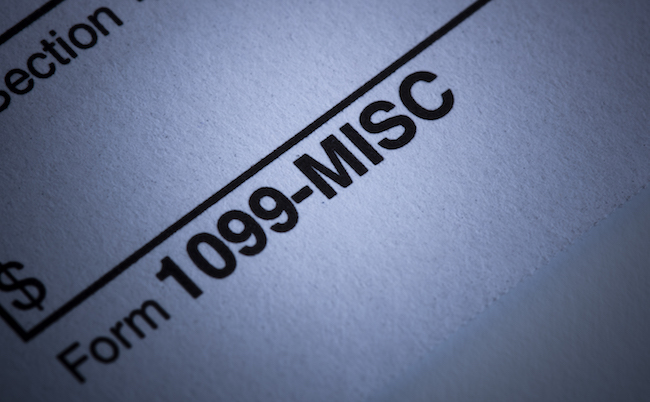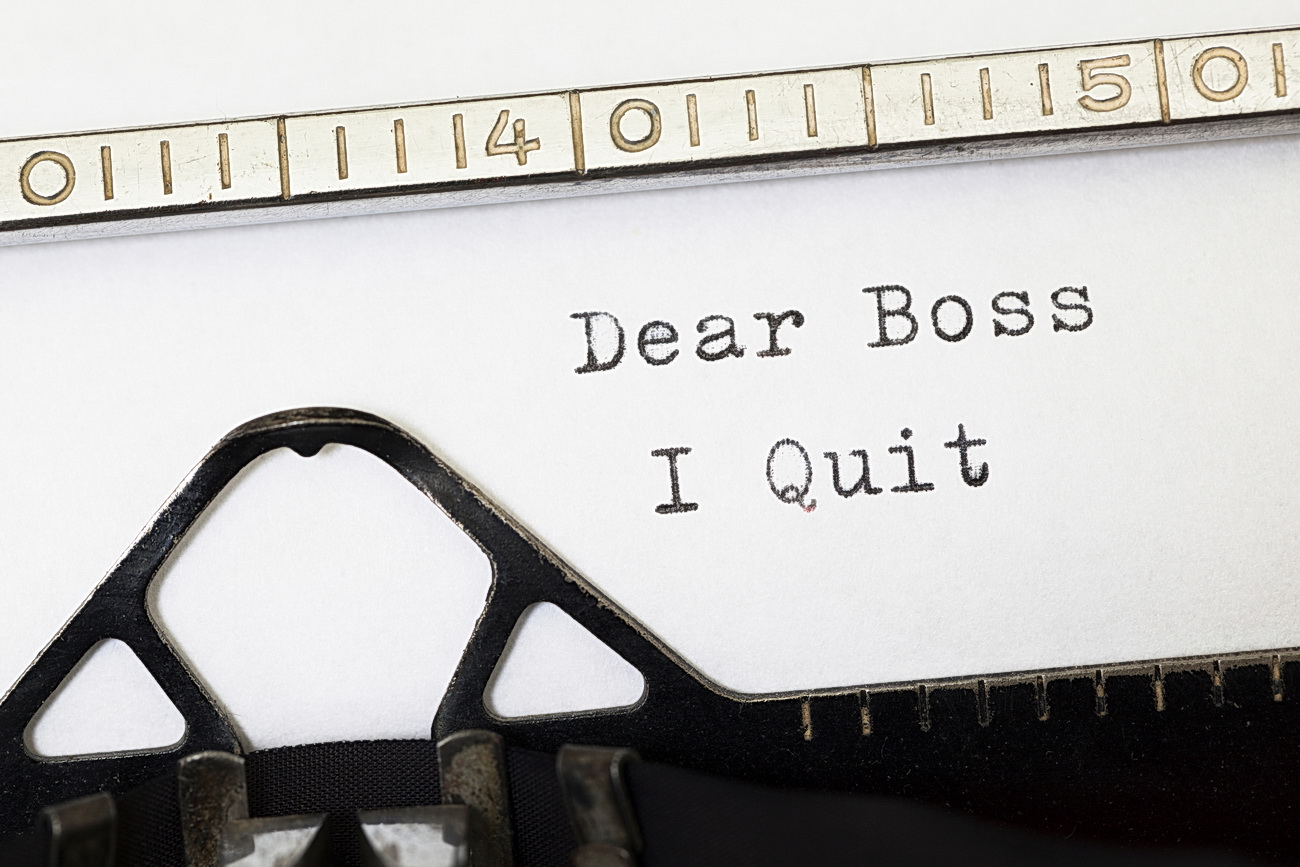Updated March 2019
In the UK, estimated taxes are known as payments on account. We explain when you might have to pay them, how to go about it and how to get a refund from HMRC if it turns out you've paid too much.
If you're self-employed, your tax liability doesn't always end when you complete your self-assessment tax return and pay your tax bill. Depending on how much you earned during a tax year, you may also have to pay estimated taxes for the following year. Here's what you need to know about tax and payments on account.
Understanding estimated tax payments: What is a payment on account?
Basically, payments on account are advance payments on your next tax bill. The instalments will count towards your income tax and Class 4 National Insurance contributions for the following year. So, when you make a payment on account in 2018, it will be deducted from your final tax bill for the 2019/20 tax year.
Payments on account don't cover capital gains, student loan repayments or Class 2 National Insurance. You'll have to account for these amounts when your final tax bill is due.
Who has to make payments on account?
You have to make payments on account if you satisfy two conditions.Firstly, when less than 80 percent of your total income is deducted at source.If you're employed, your employer usually deducts all your taxes at source. So, typically, this means you'll only have to make payments on account if:
- You're self-employed full-time
- Or, if you're also in employment, the profits from your own business make up the vast majority (more than 80 percent) of your income
Secondly, your tax bill for the current tax year must amount to £1,000 or more. You won't have to make payments on account, even if none of your income is deducted at source if your tax bill is less than £1,000.
Do I have to make payments on account?
Example 1
Let's say you're self-employed, but you're also in part-time employment.In the 2017/18 tax year, you earned £40,000 in total. You made £32,000 in profits from your self-employment after deducting allowable expenses. And you made £8,000 from your part-time employment.Applying HMRC's income tax rates for 2017/18, you'd owe £5,700 in income tax (the first £11,500 – note this is now £11,850 for 2018/19 and £12,500 for 2019/20 – is tax free and the remainder is taxed at 20 percent). You'd also have to pay £2,293.44 in National Insurance (£148.20 Class 2 National Insurance and £2,145.24 Class 4 National Insurance).Thus, your total tax bill would amount to £7,993.44.In this scenario, you'd have to make payments on account. Because:
- Your tax bill is much higher than £1,000
- Less than 80 percent was deducted at the source because your part-time employment only makes up 20 percent of your total income for that tax year
Example 2
Let's say you're self-employed full-time and do not have any other source of income.In 2017/18, your profits after deducting allowable expenses amounted to £12,000.Applying HMRC's applicable rates for 2017/18, your income tax bill would amount to £100. And you'd have to pay £148.20 Class 2 National Insurance and £345.24 Class 4 National Insurance.Thus, your total tax bill would amount to £593.44.Now the tax bill is less than HMRC's minimum threshold of £1,000. As a result, even though none of your income is taxed at source, you won't have to make any payments on account.
How do I make payments on account?
You can make payments on account in one of the following ways:
- By setting up a direct debit from your Government Gateway account
- Using your debit card or credit card (keep in mind that there's a fee if you pay by credit card)
- By bank transfer to one of HMRC's accounts
- By cheque through the post
HMRC takes about three days to process bank transfers, cheques and direct debits. For this reason, it's a good idea to make your payment, send the cheque or set up your direct debit well ahead of time. This way, you won't risk getting hit with a late payment fine because of a technical issue.
Paying estimated taxes: How much do I have to pay?
If you have to make payments on account, you'll need to make two of them: one by the 31 January and one by the 31 July. Each amount is equivalent to 50 percent of last year's tax bill.So, if your tax bill for 2017/18 is £3,000, you'll need to make two payments on account of £1,500 each for 2018/19, one on 31 January 2019 and one on 31 July 2019.If you're in your first year of self-employment, payments on account will make your tax bill more expensive. However, from your second year onwards, payments on account should make it easier to pay your taxes, because they spread the cost over two payments.Let's have a look at how this would work in practice.
How to make payments on account: A 3-year example
Let's say you started working for yourself full-time in May 2015. Your self-employment profits were — and still, are — your only source of income.In 2015/16, your tax bill and National Insurance contributions amounted to £4,000. Which means you'd have to pay:
- Your total tax bill of £4,000 by 31 January 2017 (or by 31 October 2016 if you decide to file a paper return)
- A payment on account of £2,000 (50 percent of £4,000) by 31 January 2017
- A payment on account of £2,000 by 31 July 2017
In 2016/17, your total tax bill amounted to £5,000. You've already paid £4,000 in payments on account. Summarily, you'd have to pay:
- £1,000 by 31 January 2018 (or by 31 October 2017 if you file a paper return). Otherwise, it is known as a balancing payment, because it settles your tax bill for that tax year in full.
- A payment on account of £2,500 (50 percent of this year's tax bill), by 31 January 2018.
- Another payment on account of £2,500 by 31 July 2018.
In 2017/18, you didn't do as well as you did in 2016/17, and your tax bill amounted to £3,000. You've paid £5,000, which is £2,000 more than you owe. So, in this case, you'd be able to ask HMRC for a refund.
I paid too much estimated tax. How do I get a refund?
If your payments on account are higher than your tax bill, you can ask HMRC for a refund. You can do this either online, by phone or by post.To claim your refund online, you'll need a Government Gateway account. The Gateway is the same account you use if you file your self-assessment tax return online. Once you log on, go to ‘business tax account' then ‘self-assessment details and options' then ‘more options' then ‘request a repayment.'You can also call HMRC on 0300 200 3300 Mondays to Fridays between 8 am and 8 pm, Saturday from 8 am to 4 pm or Sunday from 9 am to 5 pm. You'll need to have your National Insurance number to hand. HMRC advise it's best to call Mondays to Fridays before 10 am, as the lines tend to be less busy.You can also write to HMRC at the following address: Self-Assessment, HM Revenue and Customs, BX9 1AS United Kingdom. Make sure you include:
- Your Unique Taxpayer Reference number, or UTR
- Your bank details (so they can pay your refund)
- The reason why you're asking for a refund
I think I'll owe less tax next year. Can I reduce my payments on account?
Yes, you can. To do this, log on to your Government Gateway account and click on ‘reduce payments on account.' Alternatively, you can fill form SA303 and return it by post.But here's a warning.It's not usually a good idea to ask HMRC to reduce your payments on account unless you're positively sure you'll owe less tax next year. HMRC can fine you if it thinks you acted in negligence when you asked for the reduction.
Final word: Tips and best practices to make your tax bill more manageable
Worried about how you'll manage to pay your estimated taxes? Try these tips:
- File your self-assessment tax return as early as you can. If you're owed a refund, doing this will ensure you get it as soon as possible. In contrast, if you have to pay a reasonably large balancing payment, an early filing will give you time to save up.
- Monitor your income regularly; for example, each quarter. Use your numbers as a benchmark for setting aside some money for your tax bill. So, if you earned £10,000 last quarter, you could multiply it by 4 to get an assumed yearly income of £40,000. Then calculate how much tax you'd need to pay on that amount.
- Another consideration is paying your taxes by direct debit. This option gives you the opportunity of setting up a budget payment plan. In other words, you can split your payments on account into more than two payments, which should make them more manageable.
- If you're struggling to pay your tax bill, you can also ask HMRC to put you on an instalment plan. After going through your finances, HMRC will decide whether you should be able to pay your tax bill immediately or whether they should allow you some time.







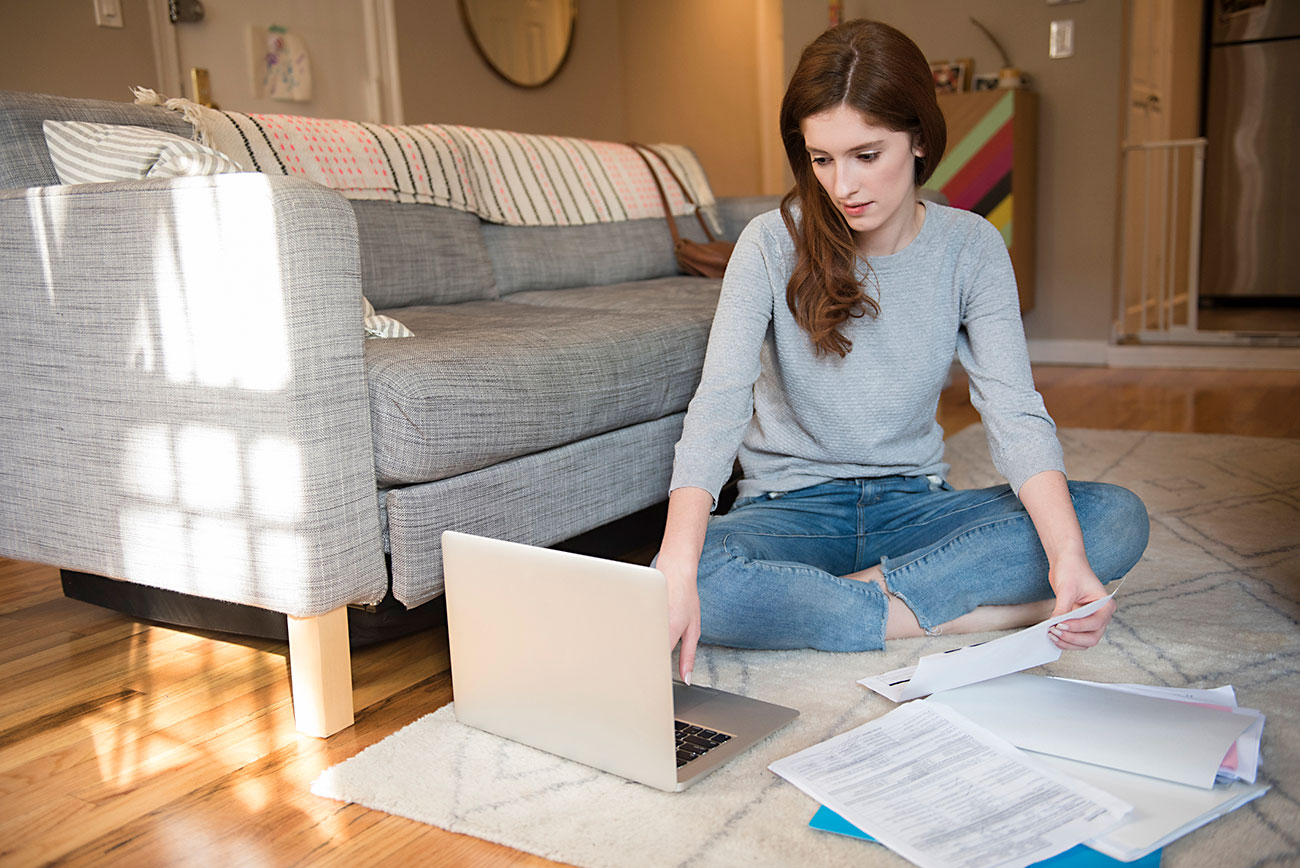



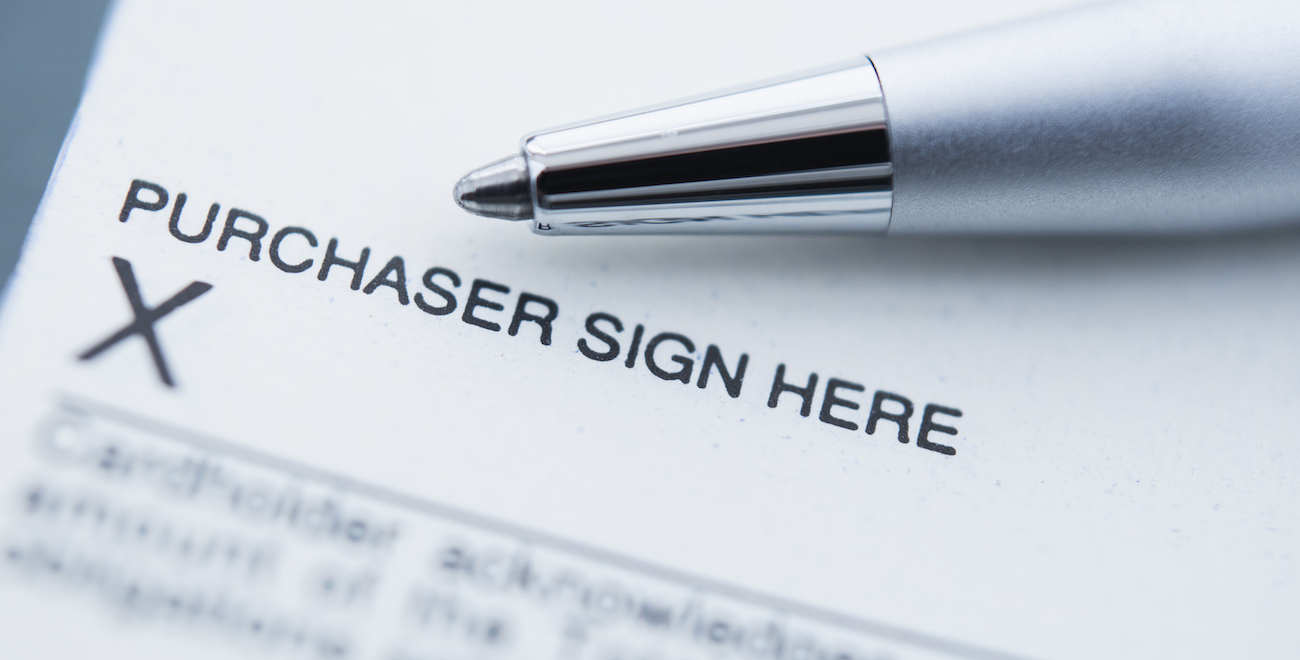
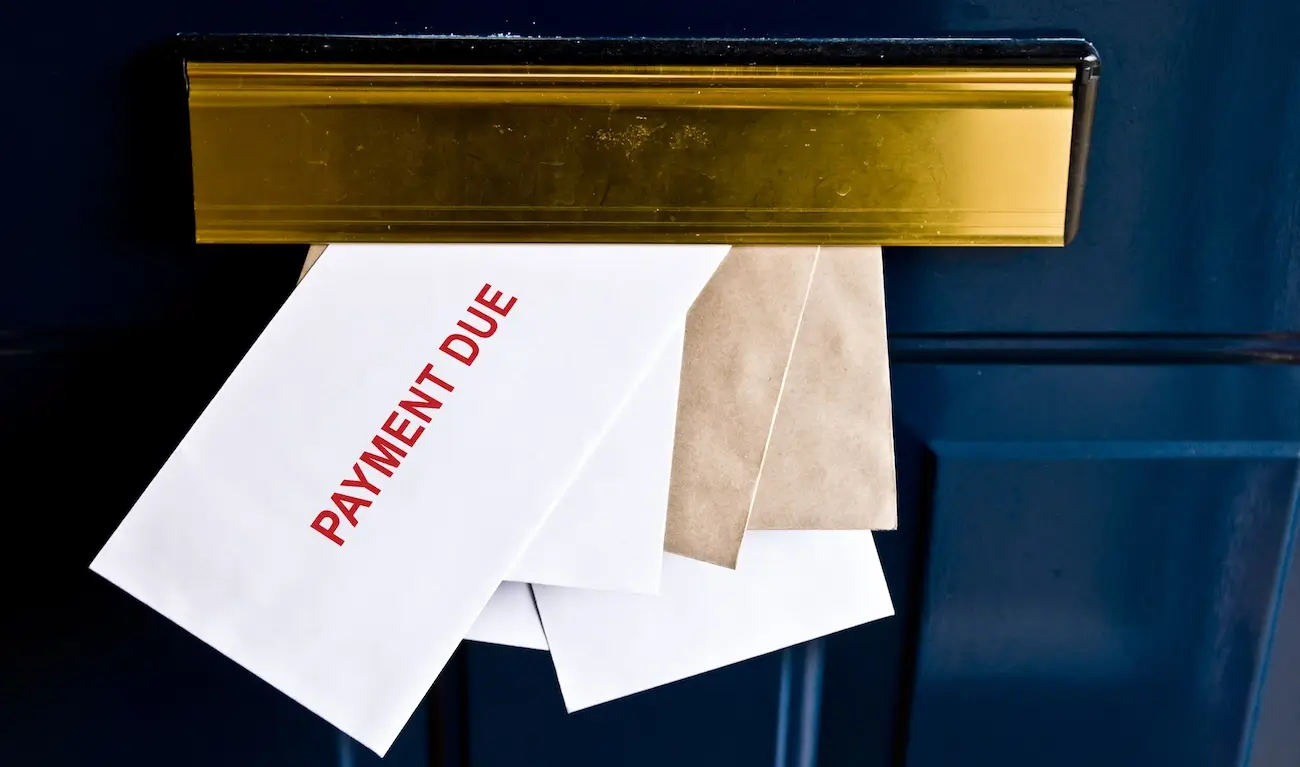

.webp)
